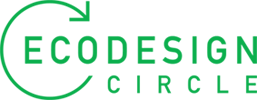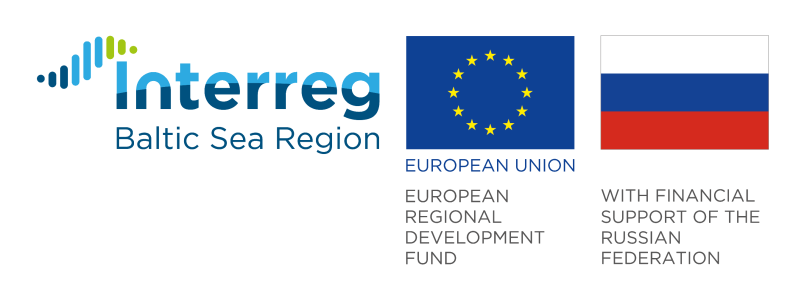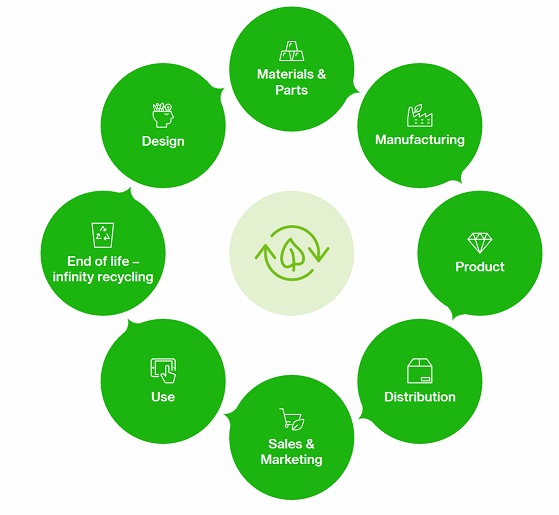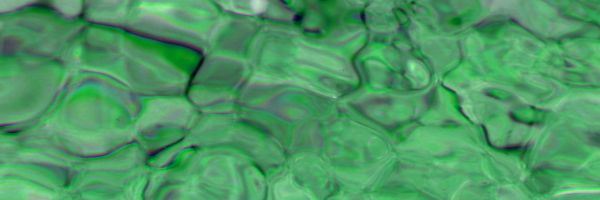Ecodesign - Our understanding
A key aim of ecodesign is to reduce to a minimum the overall environmental impact of a product or service. It refers to innovative design solutions in both products and services that take into consideration the entire lifecycle – from the extraction of raw materials to production, distribution and use – all the way to recycling, “reparability”, and disposal. Minimisation of pollutants during the production period is just as important as it is during the product’s lifetime. However, ecodesign is an elastic and evolving concept that is better considered as an approach to design than as a label for eco-friendly products.
The use of energy-efficient and eco-friendly resources is certainly an important aspect, but the concept of ecodesign goes beyond this. It is a holistic approach, keeping in view environmental, social and economic benefits as well as aesthetically appealing and durable design. Ecodesign by its nature fosters innovation and promotes behavioural change in producers and consumers towards product-service systems and self-sufficiency. It envisions “ecologically-minded” thinking not as an add-on but as part of the fundamental design process right from the start. Once it has made the leap from theory to practice, ecodesign can help achieve the move towards a circular economy. In short, Ecodesign is good design that benefits people and the environment alike.
Perspectives on ecodesign
Some academic definitions
..." is a holistic design approach that enables to integrate and assess the sustainability dimensions in different stages of the product or product-service development process towards the required scale of incremental and/or radical innovations." ..."[is] a design practice, education and research that, in one way or another, contributes to sustainable development" ... "Elevates design to a systems level (1), ..." refers to actions taken in product development aimed at minimising a product’s environmental impact during its whole life cycle, without compromising other essential product criteria such as performance and cost." ... is "the design of the system of products and services that are together able to fulfill a particular customer demand (deliver a 'unit of satisfaction') based on the design of innovative interactions of the stakeholders (directly or indirectly linked to that 'satisfaction' system) where the economic and competetive interest of the providers continuously seeks both environmentally and socio-ethically beneficial new solutions."Design for Sustainability
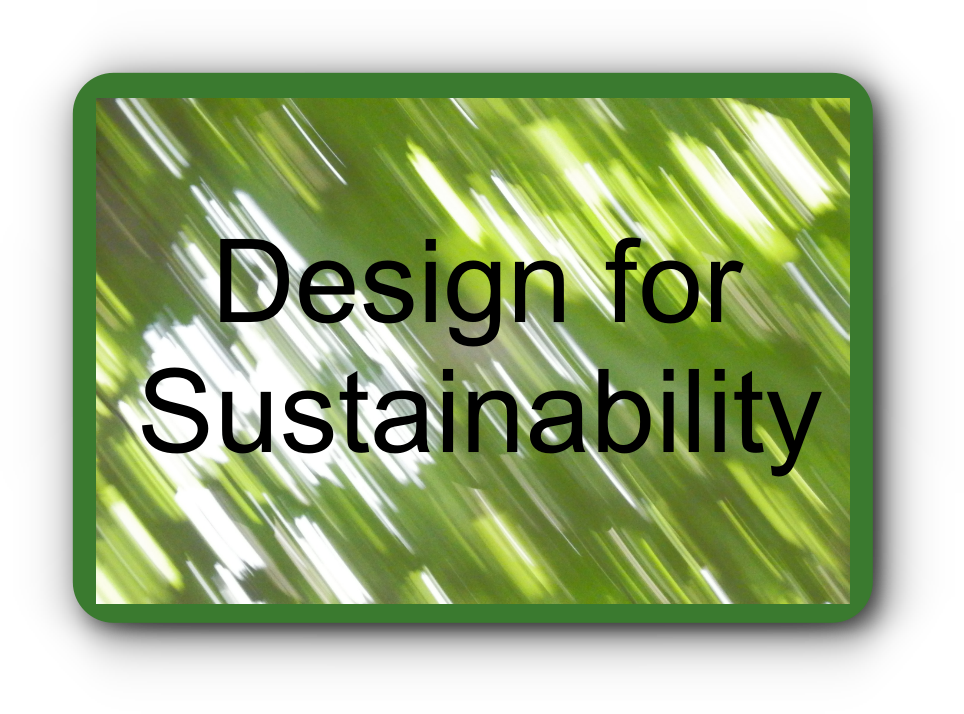
by Vezzoli, 2018
Circular Product Design
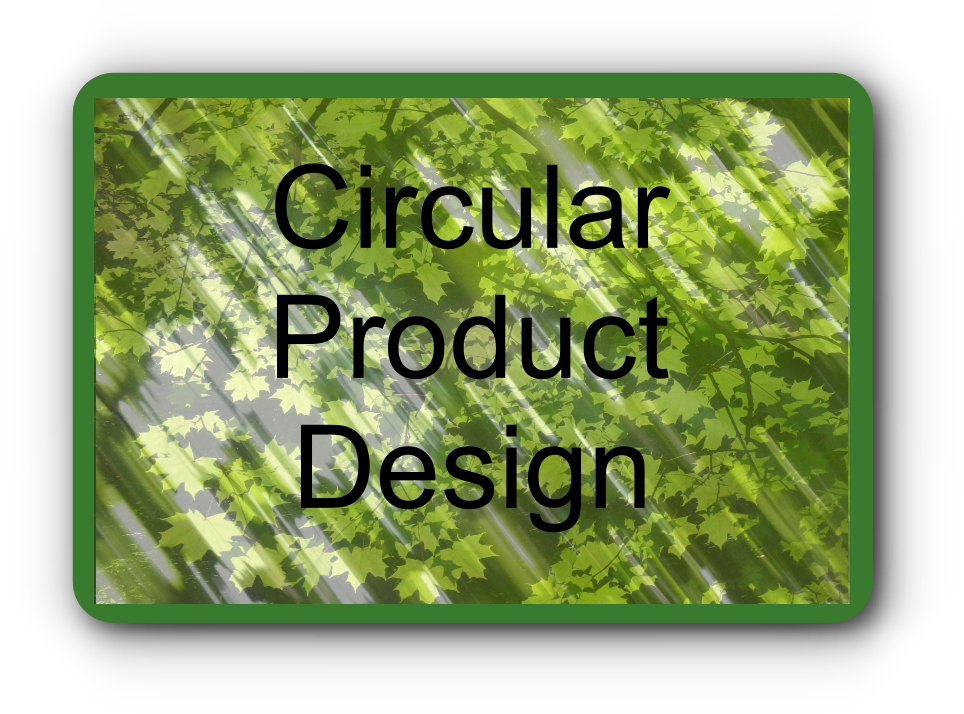
strives to maintain product integrity (2),
is about cycling at a different pace (3),
explores new relationships and experiences with products (4) and is driven by different business models (5)."Ecodesign
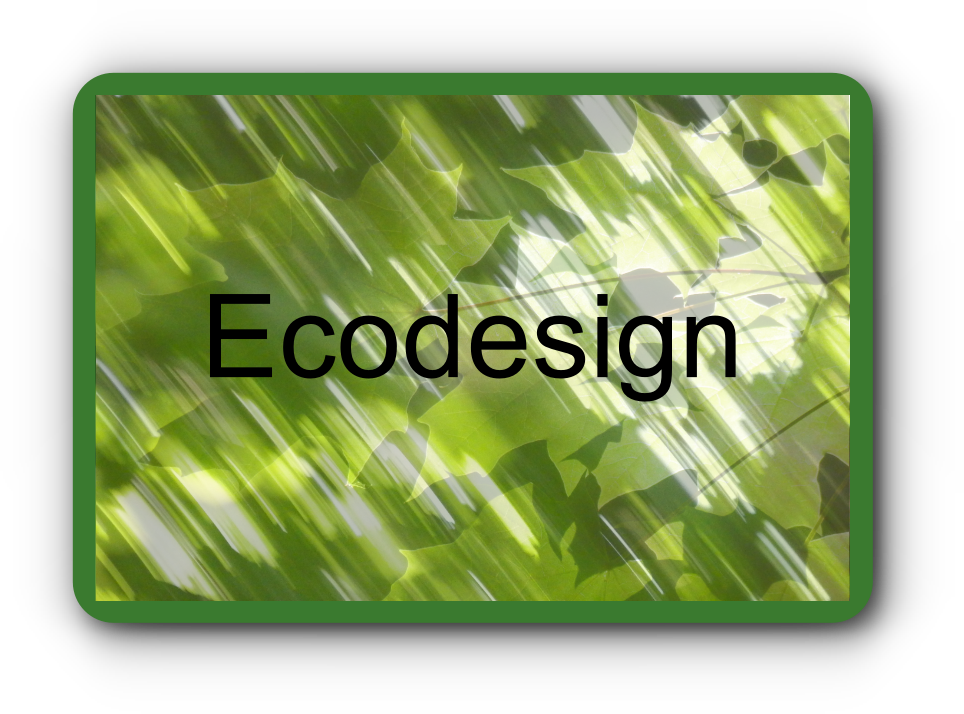
Product-Service-System
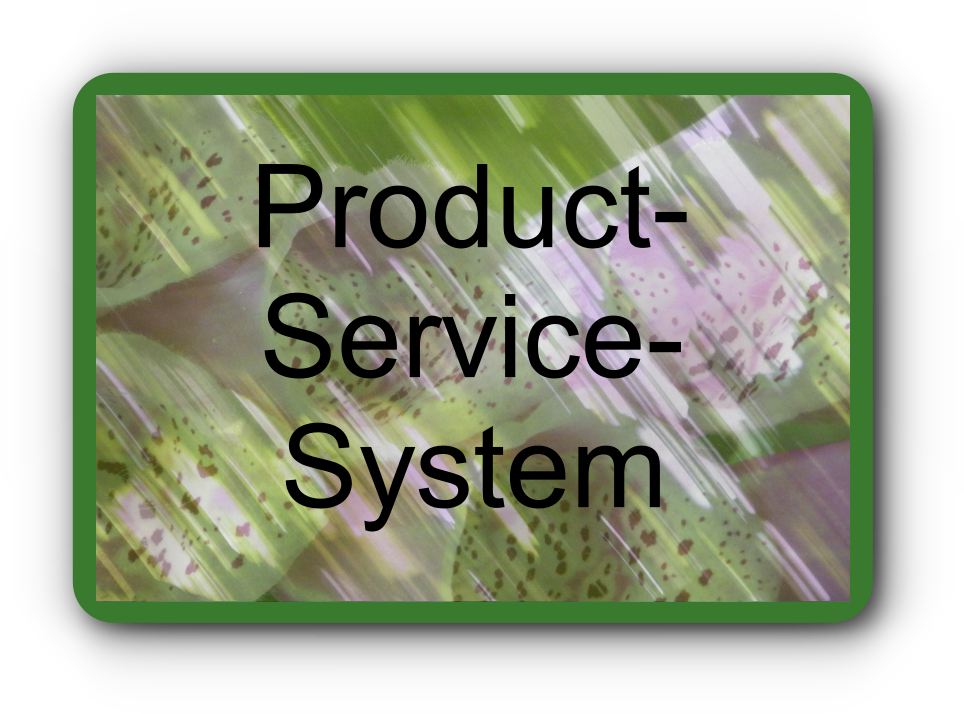
Good ecodesign / circular design examples
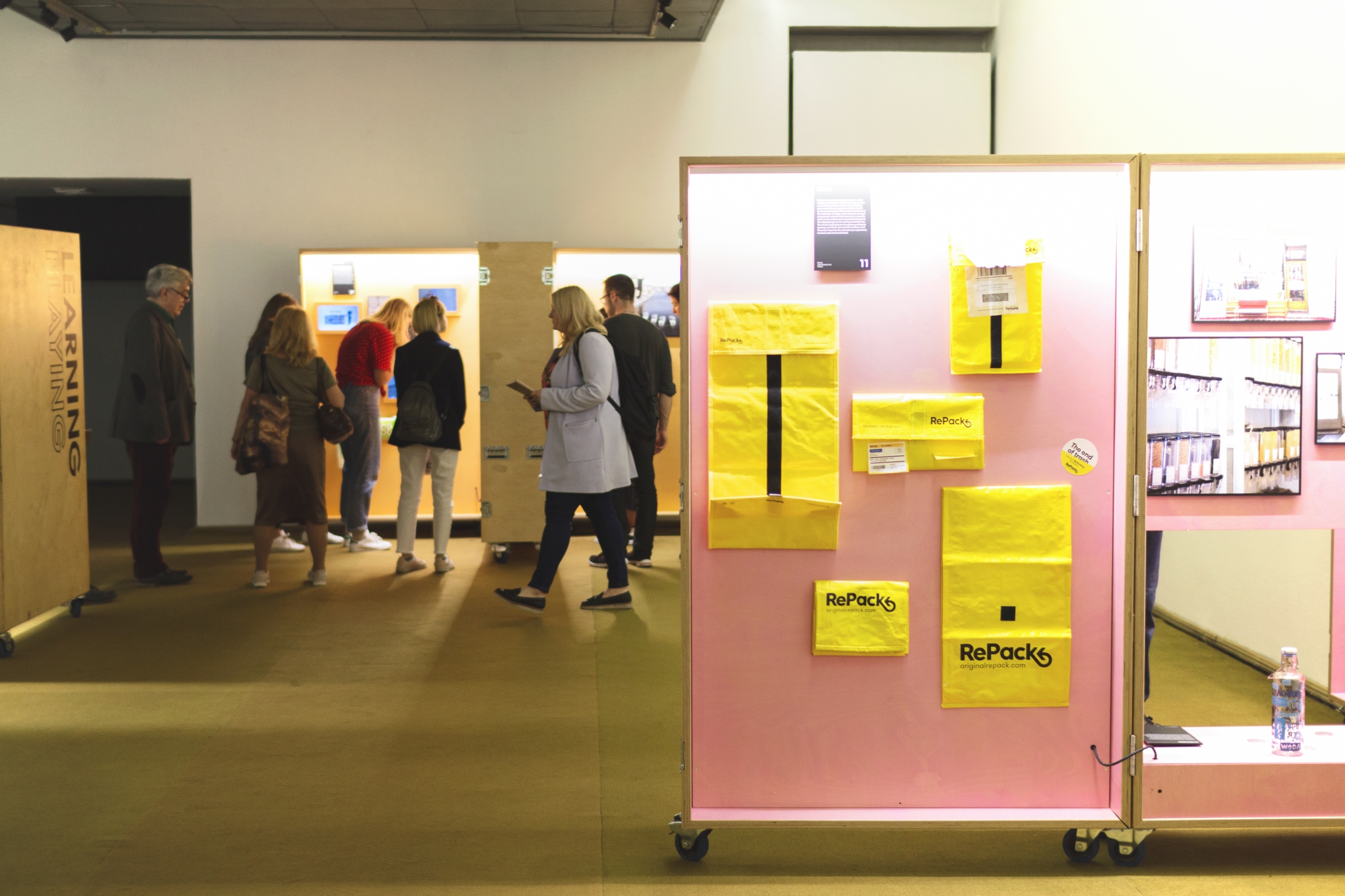
We collected 30 visionary ideas, products and services for our Roadshow Ecodesign (2017 - 2019).
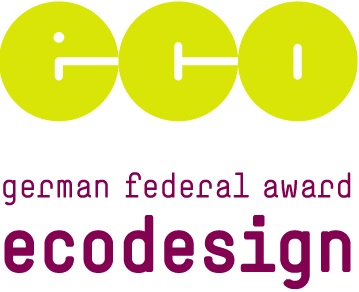
The German Ecodesign Award recognises sustainable products, services and concepts which are outstanding in their design. Since 2012, the German Ecodesign Award has been granted annually by the German Federal Environment Ministry (BMU) and the German Environment Agency (UBA) in cooperation with the International Design Center Berlin (IDZ).
Here you can find all nominated and awarded projects since 2012. About 300 inspiring cases!
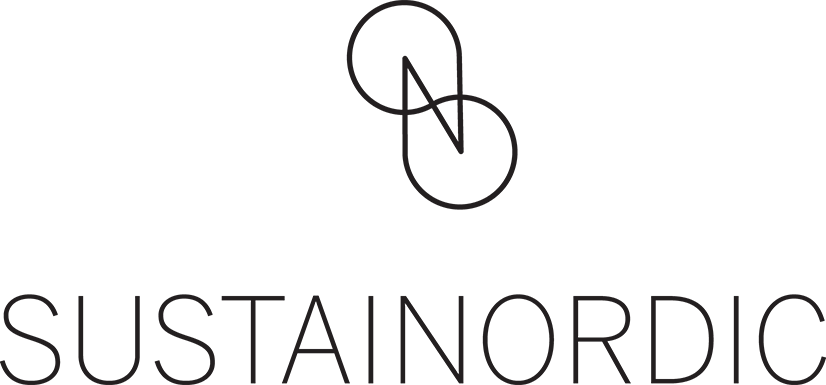
Our partner, the Design Forum Finland, is involved in SUSTAINORDIC - a platform and network that aims to promote sustainable consumption and production based on a Nordic perspective. The network partners collectively gather good examples from the Nordic countries.

CIRCit Norden was a 3½-year research project (2017-2020), spanning the five Nordic countries, Denmark, Norway, Finland, Iceland and Sweden. They collected 79 cases of circular economy in the Nordic countries.
Ecodesign - the way out of linear into circular systems
Design talks Business Training | How to Design Circular Business
Further reading materials
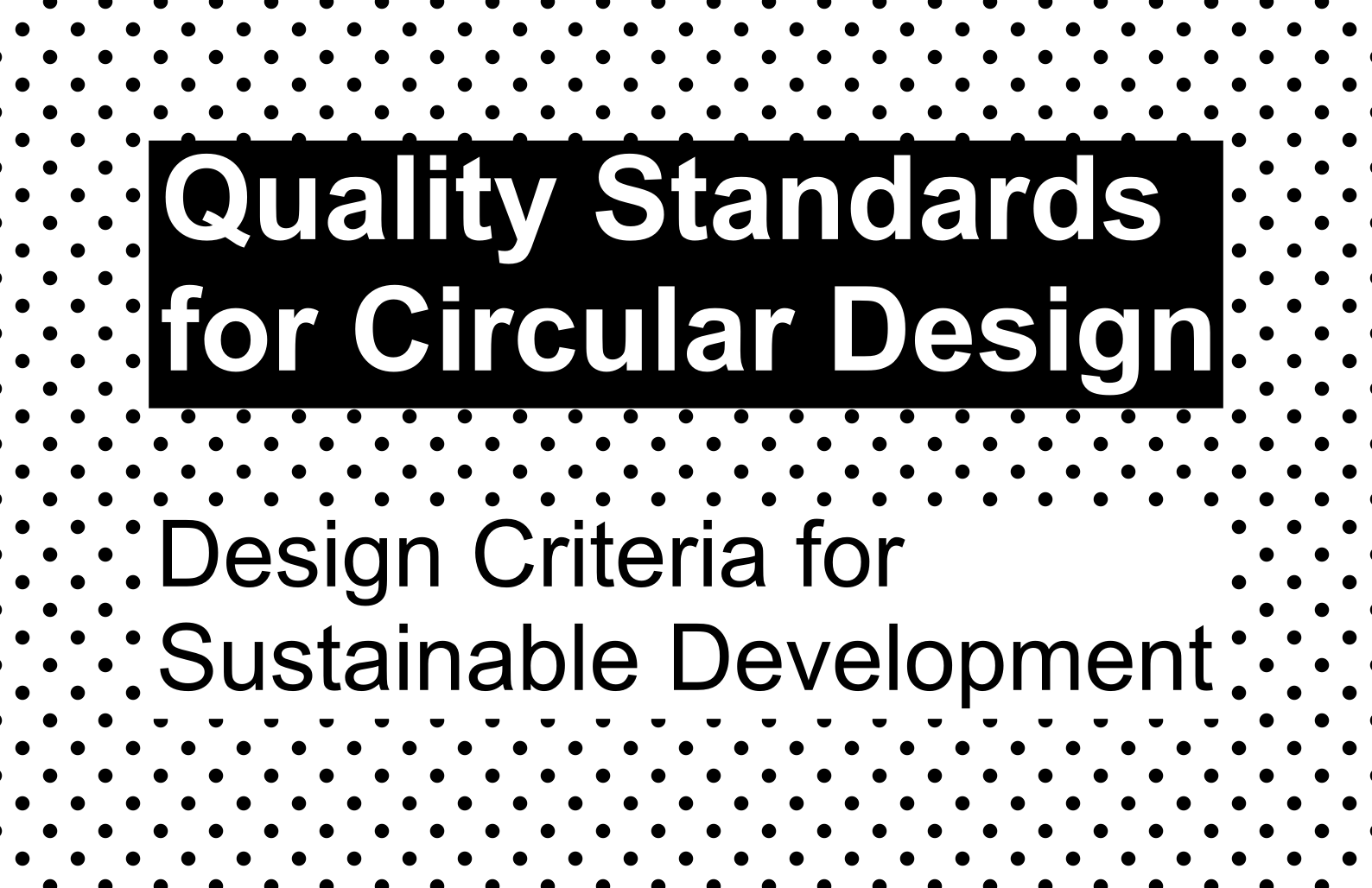
Short and precise. The publication “Quality Standards for Circular Design. Design criteria for sustainable development” was published by the IDRV and designaustria. It aims to be a standard work for circular design, to serve as a working aid, and to create the necessary awareness.

The Circular Design Rules V 1.0 consist of a deck of 9 cards that feature a rule that is indispensable in the design of recyclable products. On the backside of each card, concrete steps are described to support the design process of circular products.
Circular Design Rules is a research project in the frame-work of the New European Bauhaus Initia-
tive.

The Knowledge Alliance on Product-Service Development towards Circular Economy and Sustainability in Higher Education (short Katch-e) developed training materials that follow a problem-based, multidisciplinary learning approach, connecting designers, engineers and other relevant stakeholders. For example, read the module on "Design and Development". Register and get access to all training materials.
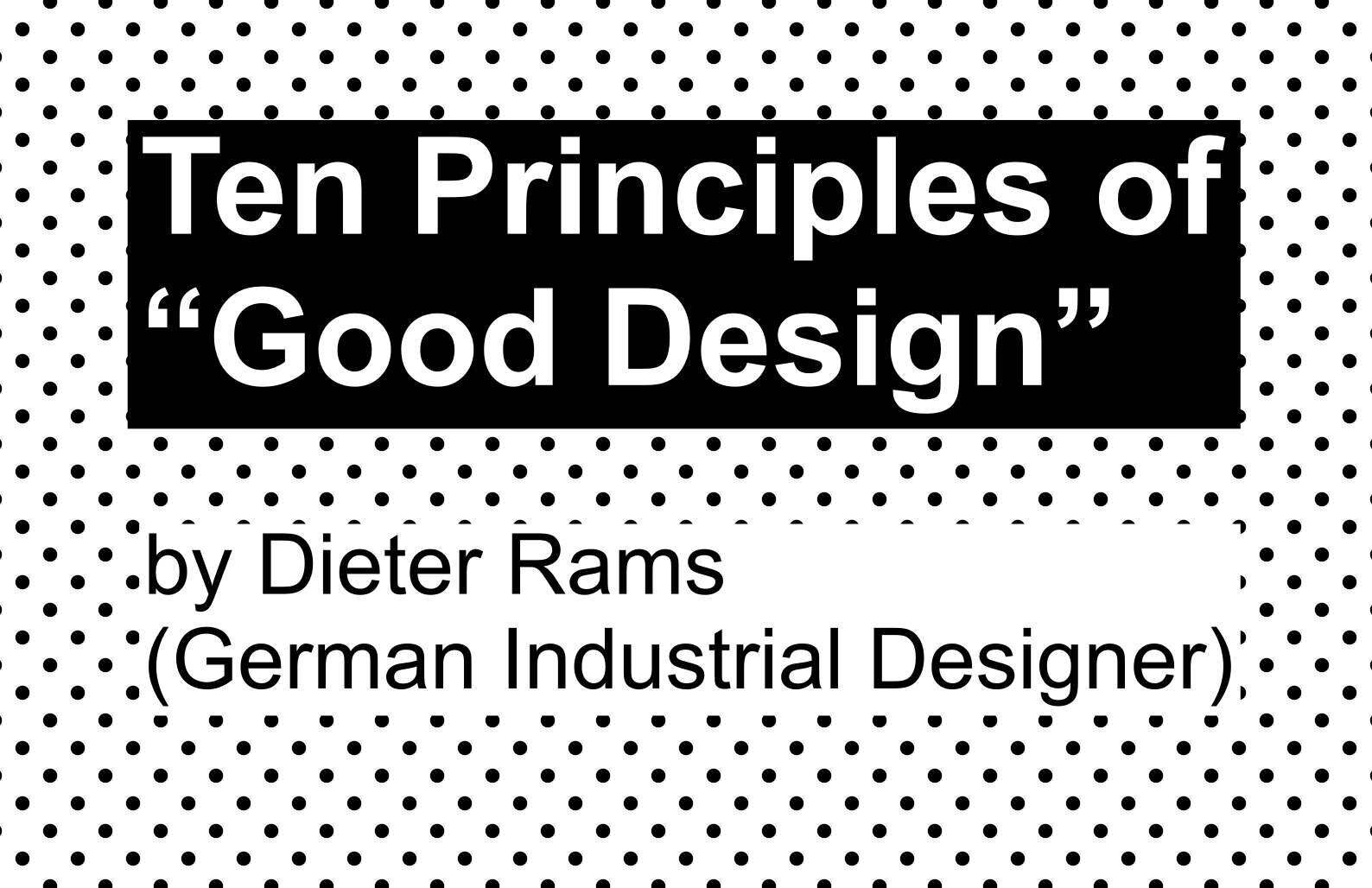
"Good design means to me: as little design as possible."
The German industrial designer Dieter Rams (born 1932) has been an outspoken voice calling for “an end to the era of wastefulness” and to consider how we can continue to live on a planet with finite resources. He defined his design philosophy into ten distinct points (see also his speech in New York in 1976).

Design for Sustainability - A Multi-level Framework from Products to Socio-technical Systems by Fabrizio Ceschin and İdil Gaziulusoy.
It is now widely understood that design can and must play a crucial role in the societal transformations towards sustainability. This open access book discusses the most significant ways in which design has been applied to sustainability challenges using an evolutionary perspective.
It offers a unique perspective on how Design for Sustainability has evolved in the past decades across these innovation levels, and provides insights on its promising and necessary future development directions.
